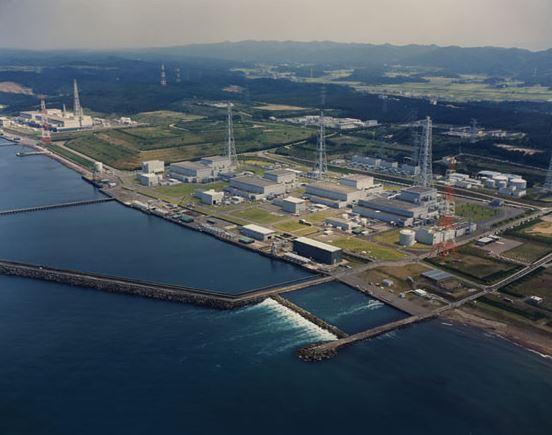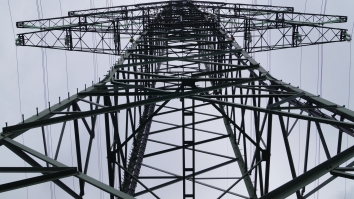
Bloomberg predicts 1% dip in nuclear's global share
Installed capacity share will fall to just 4% in 2040.
Nuclear energy’s share of total installed capacity will decrease from 5% in 2015 to 4% in 2040, according to the latest annual forecast by Bloomberg New Energy Finance. In its New Energy Outlook 2016, Bloomberg also says continued low gas and coal prices will not derail the advance of renewable energy sources and zero-emission energy sources will make up 60% of global installed generating capacity by 2040.
The World Nuclear Association has developed its own vision for the future of electricity, referred to as Harmony. This is based on International Energy Agency's 2-degree scenario which is aiming to avoid the most damaging consequences of climate change and is requiring a large increase in nuclear energy.
Harmony envisages a diverse mix of low carbon generating technologies deployed in such a manner that the benefits of each are maximised while the negative impacts are minimised. The association's target for nuclear energy is to provide 25% of electricity in 2050, requiring roughly 1000 GWe of new nuclear capacity to be constructed - depending on other factors like reactor retirements and electricity demand growth.
Bloomberg sees global installed electrical generating capacity more than doubling from 6418 GW in 2015 to 13,464 GW in 2040.
It expects wind and solar to become the cheapest ways of producing electricity in many countries during the 2020s and in most of the world in the 2030s. It sees onshore wind costs falling by 41% and solar PV costs dropping by 60% by 2040. Wind and solar will account for 64% of the 8.6 TW of new generating capacity added over the next 25 years, and for almost 60% of the $11.4 trillion invested, it says.
According to Bloomberg, the majority of new renewable capacity will be in non-OECD countries, led by China and India. Renewables make up 61% of new generating capacity in non-OECD countries but, in the absence of carbon policy, coal will continue to be important. It expects China to add some 190 GW of coal plants over the next five years, but a moratorium on new coal plants there after 2020 will leave India, South East Asia and the Middle East adding the most new capacity thereafter.
By around 2027, new wind and solar gets cheaper than running existing coal and gas plants, particularly where carbon pricing is in place, Bloomberg says. "This is a tipping point that results in rapid and widespread renewables development."























 Advertise
Advertise







